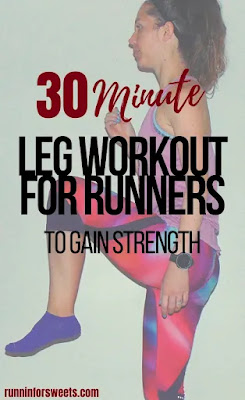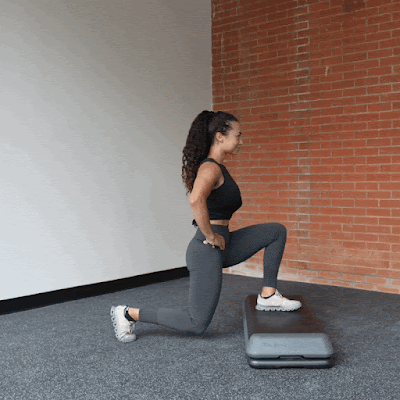Best Underrated Leg Exercises
Source
Think you can't have a terrific leg day at home with just your bodyweight? Think again. Consider again! Check out these underrated leg workouts that don't require any special equipment.
Here are some leg exercises with explanations, followed by the complete workout with steps.
1. Jumping Lunges
People who train for a better physique sometimes overlook activities that appear to be “athletic performance” routines. In fact, many plyometric and athletic performance activities are beneficial to your body.
To begin with, there is the metabolic advantage. Jumping lunges, for example, are an intense workout that also serves as cardio.
But let us go beyond this fundamental evaluation. Plyometric workouts may potentially be just what you need to trigger a hypertrophic reaction. A meta-analysis of eight research found that plyometric activities, such as leaps, generated hypertrophic effects in the short term (less than 12 weeks). While the reason for why this is the case is unclear, and further data is required, explosive plyometrics will at the very least assist preserve muscle, and at their best, will be as effective as a heavy weights training activity.
As a result, an intense workout will be a fresh stimulus that might spark new improvement. Because an explosive workout is most effective when performed explosively, leaping lunges will be limited to four reps each side.
2. Single-Leg Squat to Bench
True single-leg workouts, such as this one, offer numerous advantages over two-leg exercises. One difference is that the actual muscle activation will vary significantly. A single-leg posture necessitates the activation of the "stabiliser" muscles in order to hold the leg in place. In this instance, the side glutes (gluteus medius and minimus) and groins will be included (adductors).
Single leg workouts have the apparent advantage of not requiring as much (or frequently any) weight to make them tough. That is unmistakably true of the single-leg squat to bench press. However, if this is too simple, you may increase the number of reps, slow down the speed, or locate some weights to perform it with.
The difficulty with this exercise, like with other box squat variants, is whether to “sit down” all the way or simply tap the bench. While both approaches have advantages, I believe tapping is more successful in general, especially if you don't have a coach monitoring you. That is because if you let people sit down, they will often just "plop" to the bottom and thus not build the eccentric strength it takes to sit down slowly.
3. Front Foot Elevated Split Squat
As the name indicates, the Front Foot Elevated split squat demands you to raise your front leg. You can use a small stool, the first step of a staircase, or stack two heavy weight plates. The split squat is performed from here.
In a few respects, this activity delivers a unique stimulation. The amount of hip flexion in your front leg surpasses 90 degrees when you proceed till your rear knee touches the ground. This positions your quad muscle in a shorter position than it is used to. Even without weight, shortening the quad in this posture will stimulate adaptation, especially if you typically stick to traditional leg workouts.
A deeper squat gives more range of motion, but it can frequently cause issues in exercises such as back squats or front squats due to mobility constraints. This one-leg squat variant provides a considerably safer range of motion — and quadriceps activation. You'll enjoy the range of motion advantages of a deep squat without the risk of back discomfort or other complications.
4. Lateral Lunge
The lateral lunge is another unilateral leg exercise that targets the muscles in a different way. Whereas most gym workouts focus on forward and backward (sagittal plane) movement, the lateral lunge develops side to side mobility (frontal plane). It will cause muscles like the quadriceps to contract and exert force in a different direction, providing a fresh stimulation to the muscles.
Lateral lunges also address a frequent issue for both professional lifters and desk jockeys: tight groynes. The groynes function similarly to the hamstrings of the frontal plane, and adequate groyne range of motion is essential for safe and successful side to side lower body movement. If you're used to moving just in the sagittal plane, this might be a sign that your groynes need some attention.








Comments
Thanku.